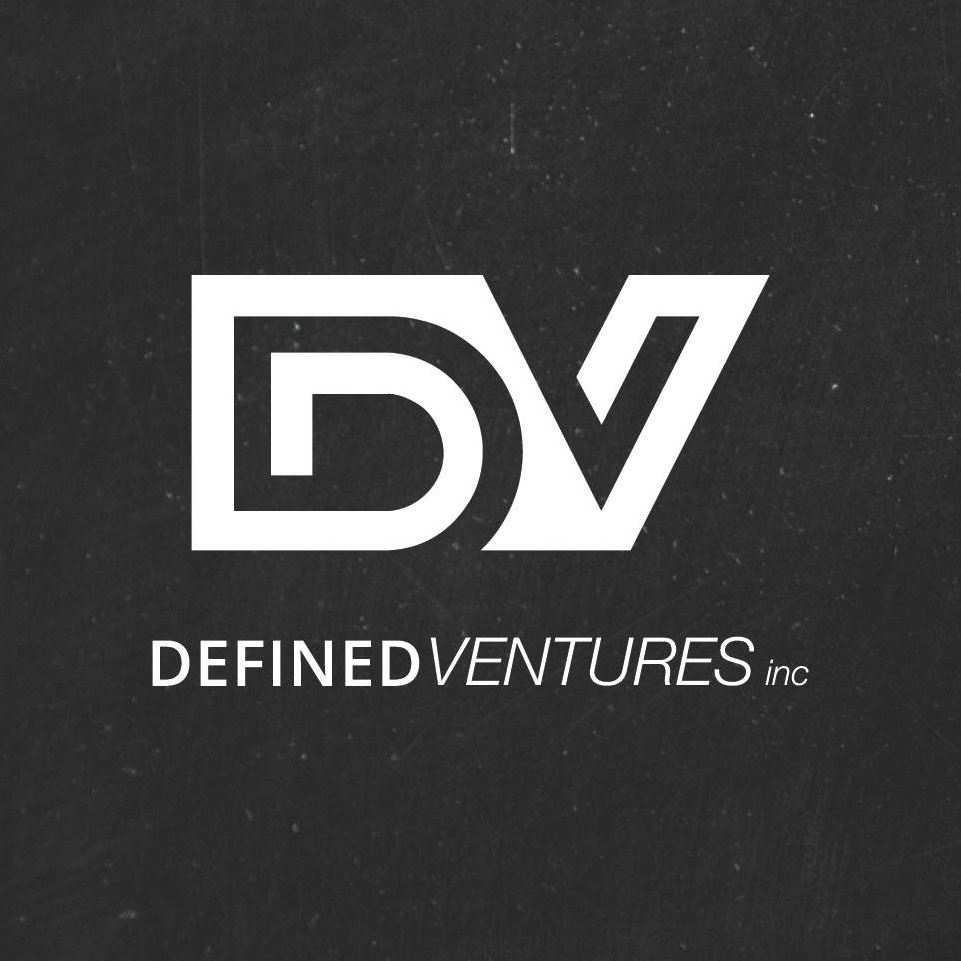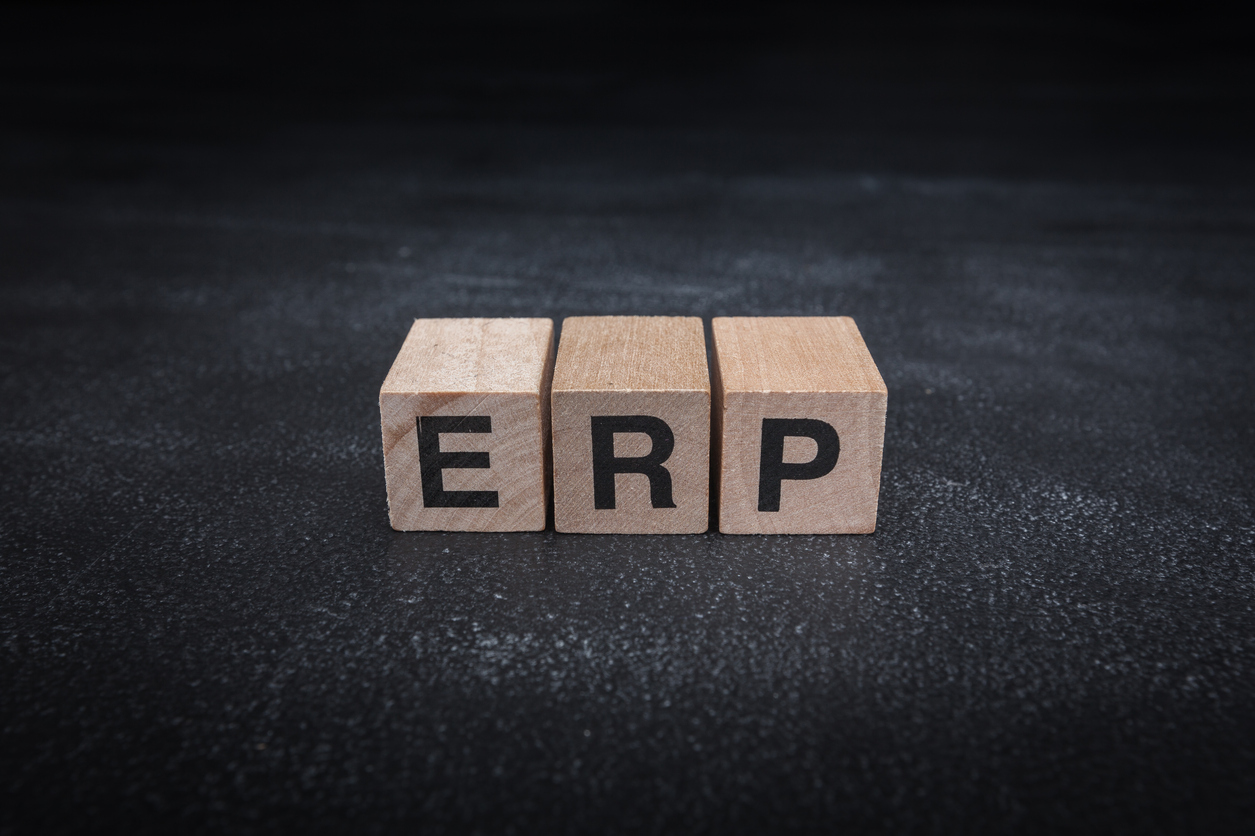The business world is changing, and with it changes nearly every aspect of business management — including enterprise resource planning (ERP) options. Business owners are now faced with the singular task of navigating an incredibly complex and competitive market with more communication and data channels than ever before.
Although the main goal of ERP hasn’t changed — it’s still to integrate and improve upon business processes and flow — the way business approach it certainly has. So, too, has a business’s available options. What was once an extremely expensive approach limited to the biggest corporations and Fortune 500 companies in the world is now relatively inexpensive and accessible to businesses at almost any level.
Today, we’ll talk a little bit about why older legacy systems aren’t really effective. Then, we’ll highlight what’s changing and how a modernized, fresh take on ERP is making the methodology more accessible, suitable, and reliable than ever before.
The Death Knell for Legacy Systems
ERP’s expanding availability means more options for corporations, from the small to the sprawling. But really, that’s just the beginning. Modern ERP is agile, nimble, often cloud-based, and in some cases, even sold as Software-as-a-Service (SaaS). Previous iterations were largely costly, hosted in-house, and perhaps most concerningly, intensely difficult to integrate with other programs.
ERP is finally beginning to “catch up” to what today’s businesses really need. Up until just a few years ago, most corporations were (and many still are) relying on old-school legacy systems from the late 1990s. Sure, these systems worked at the time; but they’re cumbersome and difficult to work with and wholly unsuitable for modern business.
Introducing new communication and data channels to these older systems often presented businesses with immense problems. Because many legacy systems were inordinately expensive, they were also extremely expensive or impossible to modify. Businesses were left relying on old-school systems that produced sub-par results, but there wasn’t really anything they could do about it due to the sheer expense associated with fixing the problem.
This is exactly why many experts called for the death of ERP in the early to mid ‘00s.
By around 2005, ERP had a well-established and greatly-tarnished reputation for being “way too expensive” and “absolutely ridiculous for all but the largest enterprises.” Businesses began dropping ERPs in favor of other more suitable and affordable options — including best-in-breed non-ERP cloud-based and SaaS solutions.
For a short while, it seemed like ERP’s time in the limelight was over.
But that eventual and total death never quite happened. Instead, ERP providers shifted gears and began to focus on what mattered to modern customers: expanding scalability and suitability with a special focus on portability or access options. Thus, we ushered in the era of what many experts now call postmodern ERP. These newer iterations differ greatly from their predecessors in many, many ways.
Improved Scalability & Integrations
Today’s ERP flips the previous methodology of sprawling, on-site, hardware-based enterprise software options on its head by creating highly scalable and wholly integrable solutions. Rather than scaling your business to the point at which you require ERP, you can now scale your ERP to fit your business.
As an example, most modern ERP options now boast full compatibility with time-honored solutions like SalesForce and Citrix. ERP managers and executives can get a bird’s eye view of the entire business without needing to cycle through multiple logins or software programs, and ERP can better predict and analyze data from all integrations rather than just certain add-ons. That’s better business for everyone involved.
Cloud-Based Updates & Upgrades
With legacy ERP solutions, updates and upgrades were extremely painful and time-consuming. Businesses needed IT specialists to deploy the software updates on each office’s individual server racks, and then create expensive-to-maintain intranets over which people could access the tools. Add to that troubleshooting costs, lost business hours, and software design adjustments if something went wrong along the way.
Today, most ERPs can be accessed from cloud servers. Advances in cloud security make this option just as secure as in-house server racks, but also create a single point from which updates and upgrades happen. There’s no longer a need to update each office individually, and if issues arise, the problem gets fixed at the main cloud server only. That’s cheaper and faster with less downtime, too.
All-in-One Solutions Address More Concerns
Most available ERP solutions still contain the same time-honored accessibility and management options that touch on every manner of business, right from distribution and supply chain management to price configuration, financial analysis, payroll distribution, and even employee lifecycle automation. That will (hopefully) never change.
What’s changed is that most ERP now either includes extraneous features that were once missing, like customer relationship management (CRM) software or sales software. With these additions, the ERP methodology becomes about so more than just backdoor business process management; it expands to provide oversight and assistance in every single facet of business as an all-in-one solution.
Prefer to use individual software or just can’t let go of your favorite CRM? That’s okay; modern ERP understands. That’s why most provide on-the-spot integrations or excellent compatibility with non-ERP software options.
Advanced Mobility
Previous iterations of ERP saw managers and executives tied to an in-house computer or relying on expensive high-security intranets to access ERP.
The modernized approach to ERP is also eliminating one of the largest concerns for today’s corporations: mobility and portability. Cloud-based servers are extending executive access to critical information to nearly anywhere on Earth with internet access. That’s a critical value in an increasingly mobile and global working world.
With options to integrate software solutions into apps for smartphones, tablets, and portable devices, ERP as a whole is increasingly portable and mobile. Executives and managers don’t need to be in the office to access the information they need; instead, they can access reports, databases, critical business flow information, and even use adjustment tools right from an iPhone or Android device.
New & Improved Social Features
Mobility and portability can only take you so far; what about social media? Whereas older legacy ERP definitely doesn’t even begin to address social media needs, modern ERP often contains add-ins or tools to manage that aspect of business, too. From queueing up interactions with fans to automating daily posts, most of the newer ERPs handle social media management flawlessly.
Perhaps most importantly, ERP isn’t just granting integration with sites like Facebook, Twitter, Instagram, and Google Plus; it’s also allowing businesses access to critical data analysis tools. Though it’s markedly more complex than analyzing or tracking success in finances, sales, human resources or even supply chain management, modern ERP is waking up to provide the same tools in relation to social media sites and campaigns, too.
Adding in that last critical aspect of business (social media) means ERP is growing up and evolving to meet new and unusual business needs. But that doesn’t mean it’s lost any of its original appeal. The entire modern approach to ERP isn’t about creating something new; it’s about taking what worked and making it more accessible and suitable for the modern business world. Instead of buying a brand-new software program every decade, you’re investing in a single program and switching out components on an as-needed basis.
President and founder of DVI, Aaron Boerger realized early in life that he had a unique combination of x-ray vision and business acumen for seeing the weaknesses that held businesses back – and the ability to define the right tools, technology and strategy to make them stronger.
From founding a successful technology support business in his early teens, to serving as Chief Operating Officer for several companies in the financial, technology and marketing industries, Aaron has developed a reputation for reinventing technology implementation tactics – and the willingness to tell people not what they want to hear, but what they need to hear, in order to achieve success without overwhelm.
Aaron will always go the extra mile to provide the accountability and support his clients need to achieve their goals, yet isn’t afraid to tell them when they are doing something wrong.

